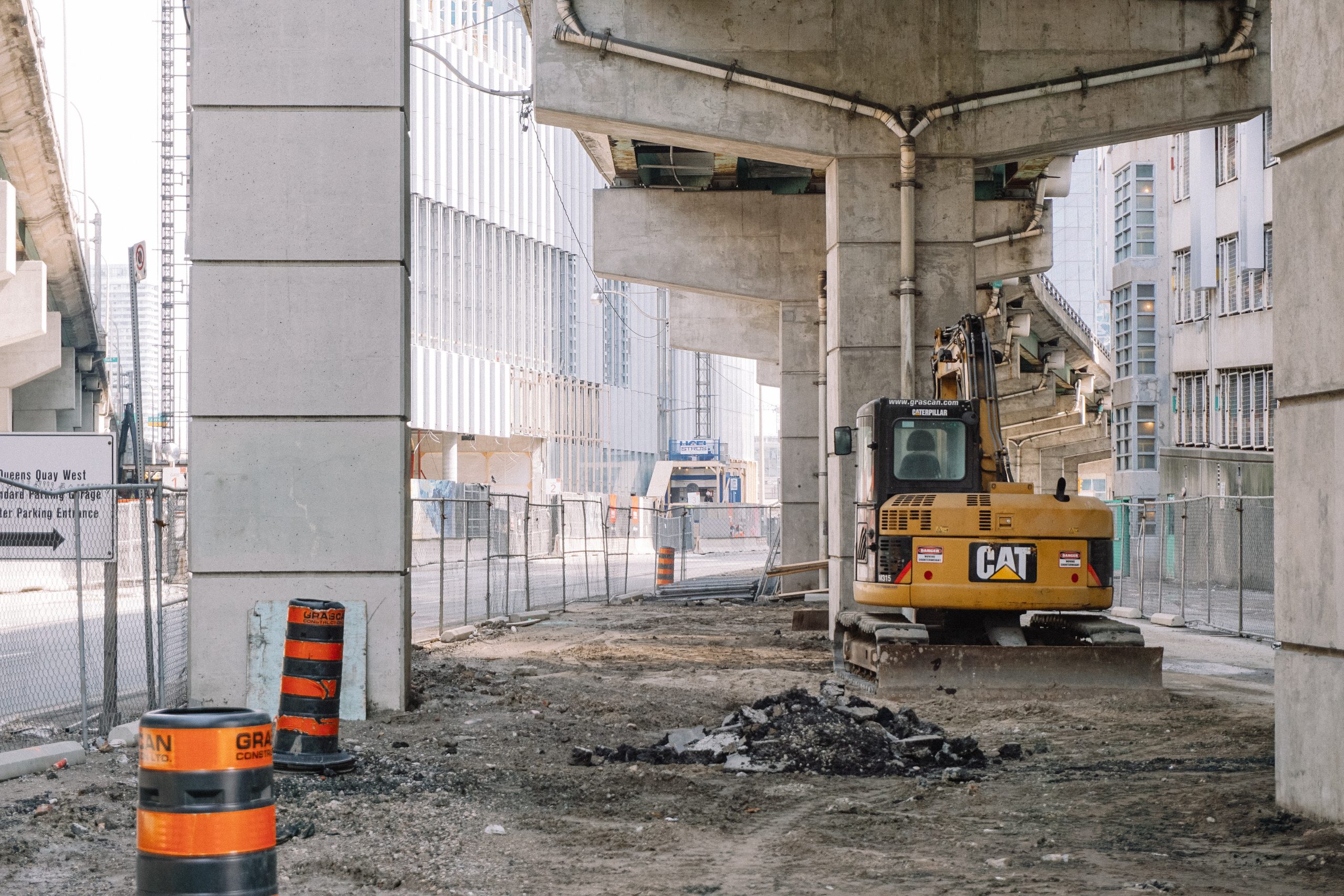You hear a lot of talk these days about the growing need for improving our infrastructure in the United States. From utilities and communication networks to transportation systems, many of our existing structures used by the public are old, in disrepair, or overdue for maintenance.
Bridges are a main concern for those charged with the responsibility of keeping Americans safe and moving. According to a report from the American Road and Transportation Builders Association, one out of every three bridges in the U.S. is “structurally deficient.” That’s more than 43,000 bridges that need repairs or replacement.
As an ongoing need with major implications for road safety and our commercial supply chain, concrete bridge inspections serve an essential function in the preservation of our country’s infrastructure. Let’s take a closer look at what’s involved in concrete bridge inspections.
What Causes the Need for Concrete Bridge Inspections?
Aside from the usual wear and tear that comes with age, concrete bridges can also be subject to a variety of other factors that can affect their integrity. Obvious natural impacts such as earthquakes, floods, and extreme weather (including wind) can damage or even destroy a bridge.
Heavy loads over a particular stretch of road can be a source of accelerated deterioration in a bridge. Traffic accidents can create cracks or other significant damage to the structure of concrete bridges, and require immediate inspection. The use of chemicals, particularly those with chlorides (such as de-icing salts or magnesium chloride) can also cause degradation of a concrete bridge over time.
Bridges aren’t designed to last forever. The U.S. Department of Transportation says that bridges being built today are expected to last 75 to 100 years. However, thousands of bridges more than 100 years old are still standing … and that’s not necessarily a good thing. Eventually, every bridge will require repair or replacement.
What Do Concrete Bridge Inspections Entail?
Today, engineers use monitoring systems to test for the structural integrity of various elements of a concrete bridge. These monitors are able to detect and relay information about loads, cracks, or other measurements related to the bridge’s behavior.
However, as helpful as these monitoring systems may be, they must be checked regularly by experts who know which danger signs to look for. Even with monitoring systems in place, bridges still require regular visual inspection, as well.
The U.S. Department of Transportation provides a thorough checklist for all the items that should be inspected on a concrete bridge. This list includes inspections during dry runs, evaluating the operation of the finishing machines, inspecting the final finish of the concrete, verifying all aspects of curing, inspecting all construction joints, and comparing the construction to the original plans.
Do You Need Concrete Bridge Inspections?
Keep in mind that just because a bridge is “structurally deficient” doesn’t necessarily mean that it’s unsafe. Officials keep a close eye on bridges to ensure their safety, and anytime a bridge is deemed “unsafe” it will be closed to public use.
The diligence of federal, state, and local agencies to oversee the condition of our nation’s bridges is central to ensuring everyone’s safety. Despite the dramatic news reports about our country’s declining infrastructure, you can rest assured that, in most cases, our bridges are being closely monitored at all times.
Areté Engineering provides inspection services for concrete bridges. Our team of engineering experts is equipped and qualified to inspect both new and existing bridges. To find out more about what’s entailed in a concrete bridge inspection, or to schedule a consultation, please contact us.
Areté Provides Structural Engineering Services to the Building Community
Do you have questions about structural engineering? Areté Engineering does structural engineering design of homes and commercial buildings, plans for wall removals, decks, and other renovations, and structural assessments on existing homes and buildings. Areté Structures designs and builds fiberglass-reinforced polymer pedestrian bridges. Areté Infrastructure division designs and inspects major and minor bridges throughout the Southeast. Visit us at Home – Areté Engineers.


